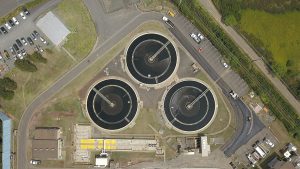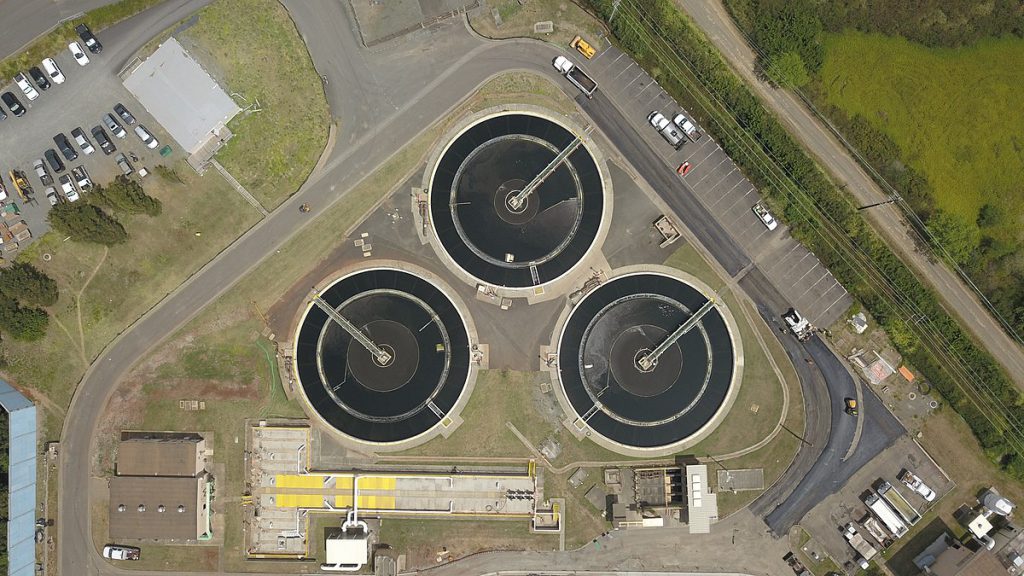
While not about COVID19 directly, this paper “Initial Mapping of the New York City Wastewater Virome” has implications for the many many folks looking at SARS-CoV-2 in wastewater these days. This work is looking at all the viruses in the wastewater system and is one of relatively few metagenomic studies out there that focuses on viruses. They find that phages make up a very large percentage of the virome which seems to correspond to similar findings in the ocean. A really nice starting point for hopefully more studies forthcoming on the role of viruses in microbial ecology. Abstract below:
Bacteriophages are abundant members of all microbiomes studied to date, influencing microbial communities through interactions with their bacterial hosts. Despite their functional importance and ubiquity, phages have been underexplored in urban environments compared to their bacterial counterparts. We profiled the viral communities in New York City (NYC) wastewater using metagenomic data collected in November 2014 from 14 wastewater treatment plants. We show that phages accounted for the largest viral component of the sewage samples and that specific virus communities were associated with local environmental conditions within boroughs. The vast majority of the virus sequences had no homology matches in public databases, forming an average of 1,700 unique virus clusters (putative genera). These new clusters contribute to elucidating the overwhelming proportion of data that frequently goes unidentified in viral metagenomic studies. We assigned potential hosts to these phages, which appear to infect a wide range of bacterial genera, often outside their presumed host. We determined that infection networks form a modular-nested pattern, indicating that phages include a range of host specificities, from generalists to specialists, with most interactions organized into distinct groups. We identified genes in viral contigs involved in carbon and sulfur cycling, suggesting functional importance of viruses in circulating pathways and gene functions in the wastewater environment. In addition, we identified virophage genes as well as a nearly complete novel virophage genome. These findings provide an understanding of phage abundance and diversity in NYC wastewater, previously uncharacterized, and further examine geographic patterns of phage-host association in urban environments.
